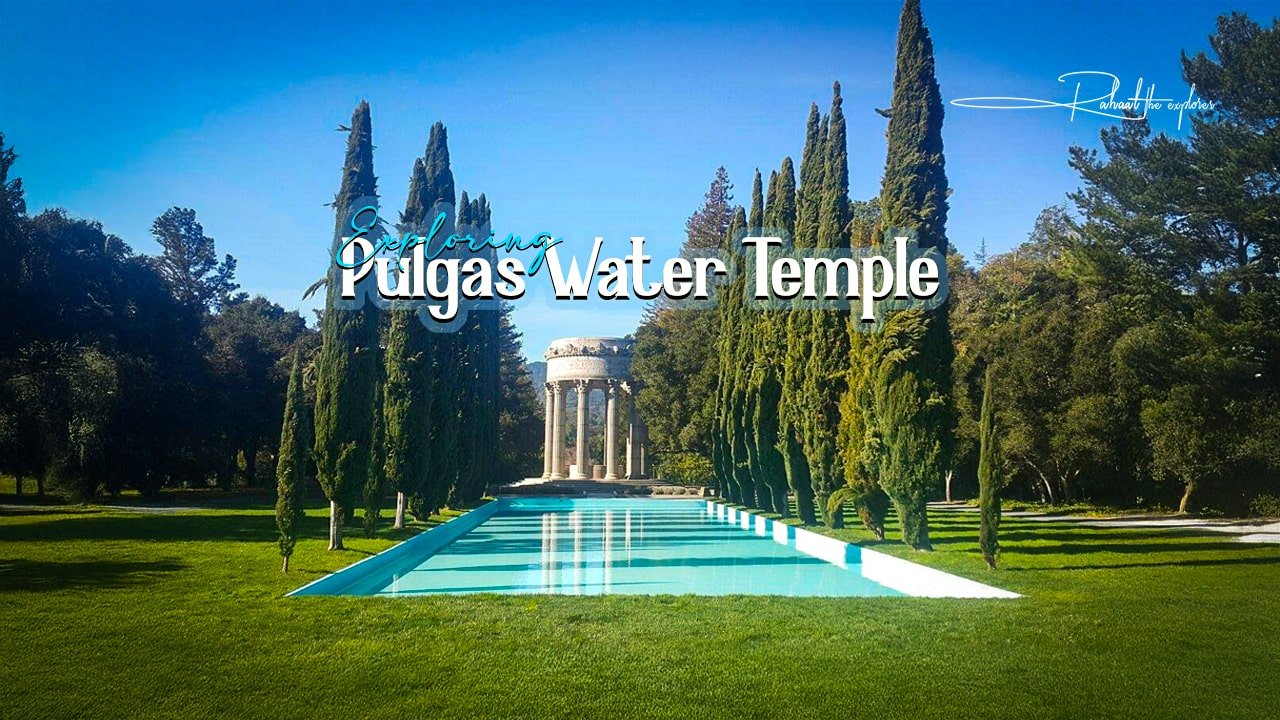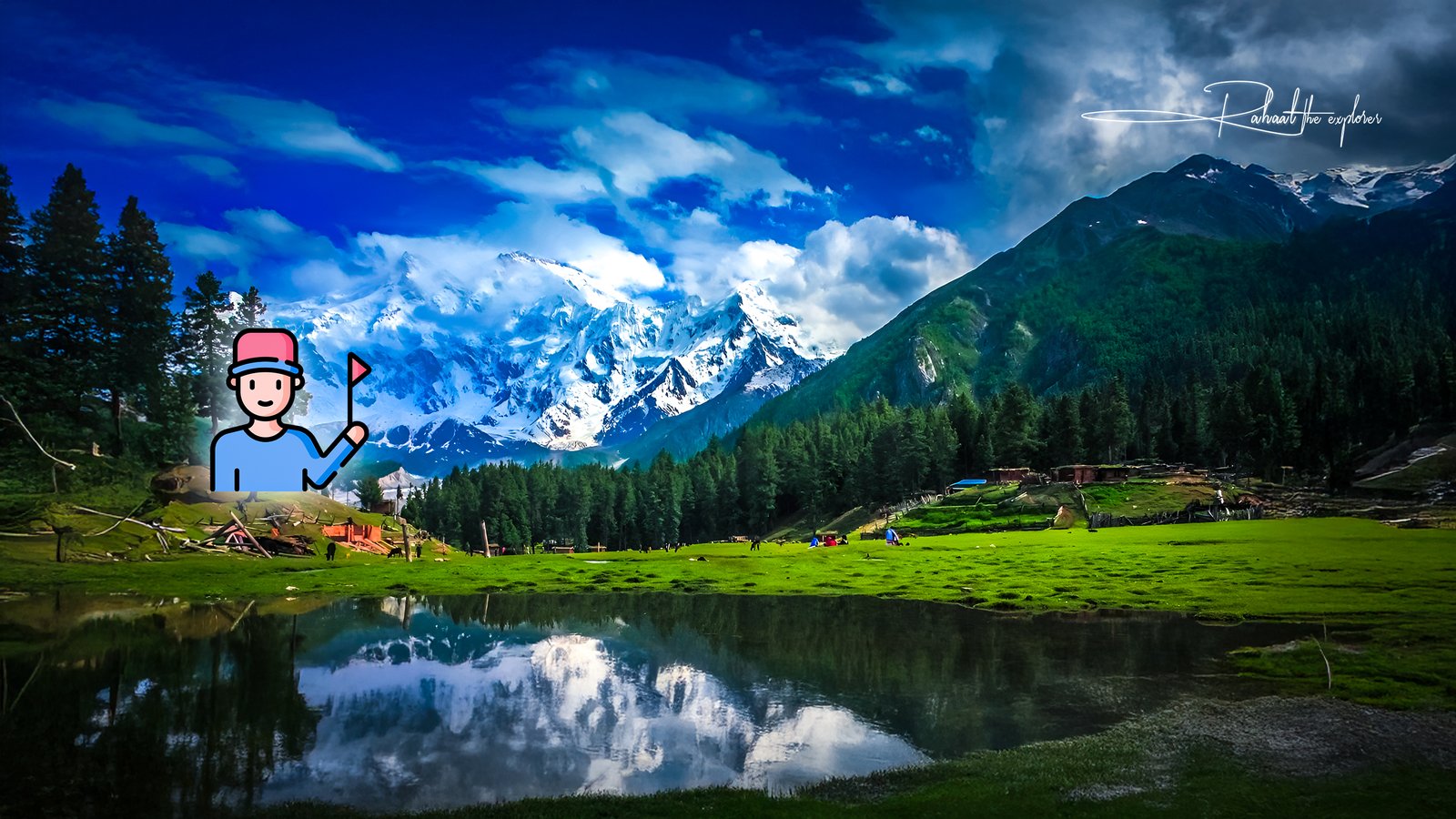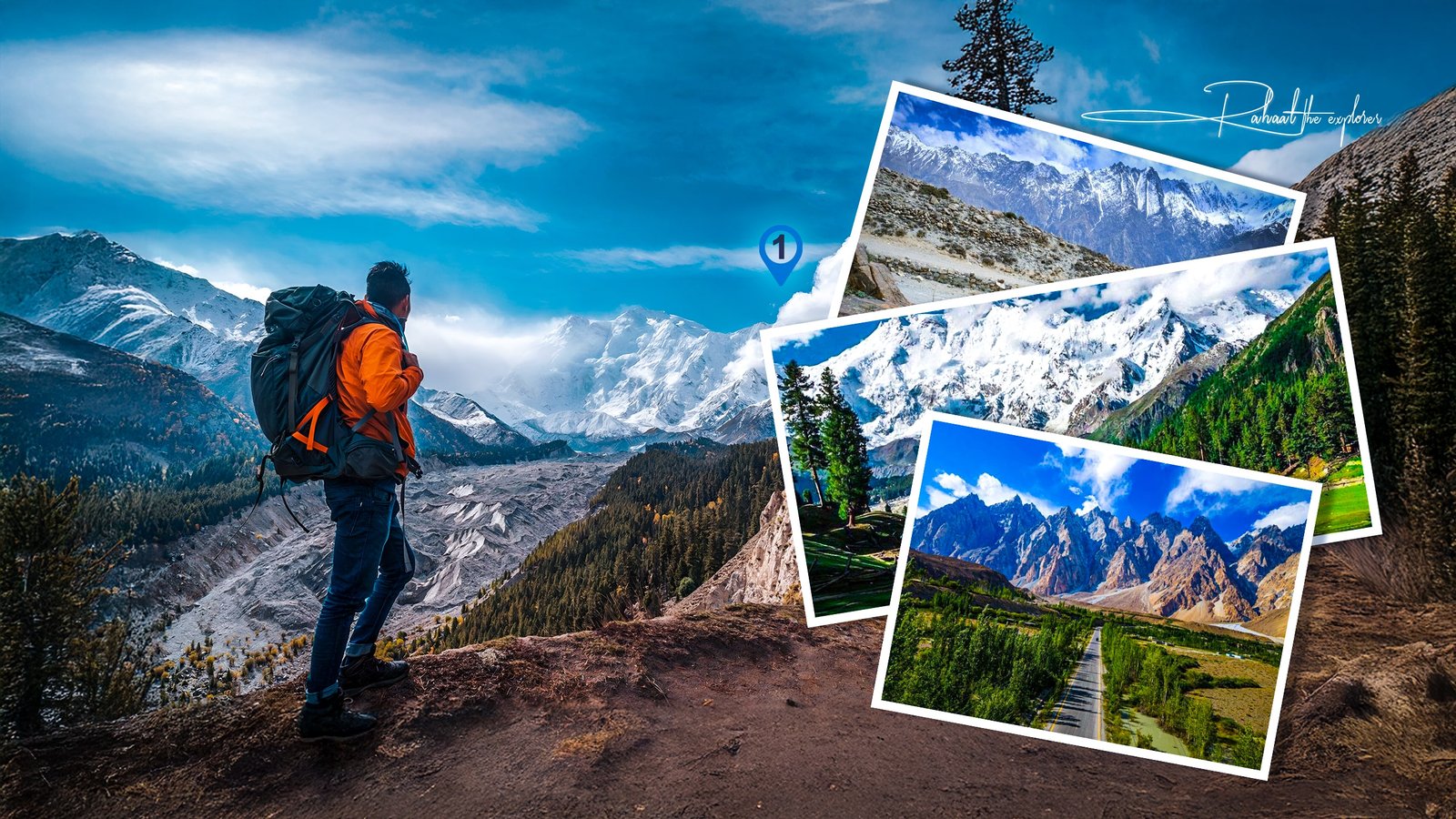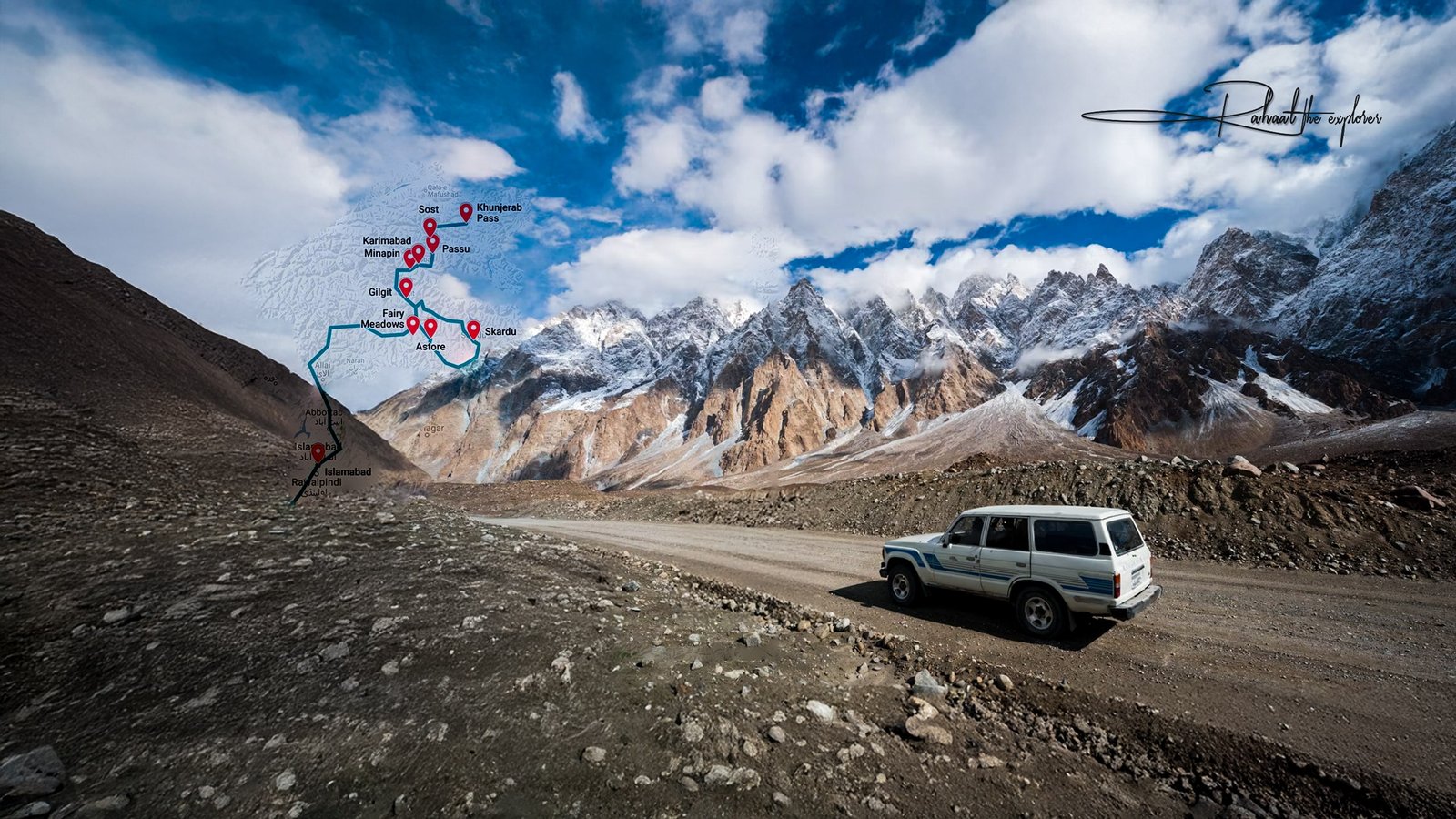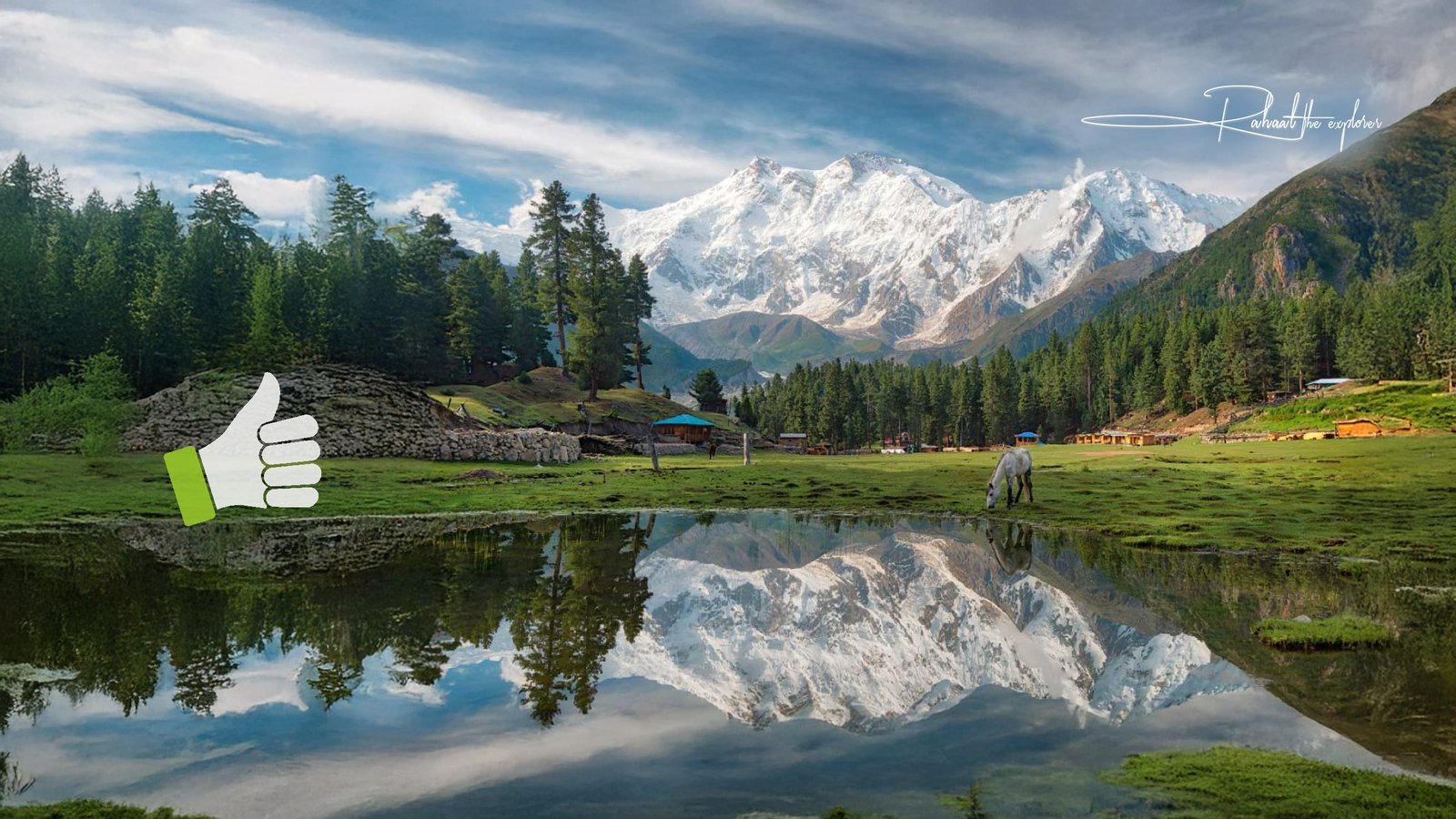California is filled with iconic landmarks — from the Golden Gate Bridge to Yosemite’s granite cliffs. But nestled quietly between the bustling Bay Area cities lies one of the region’s most elegant and underappreciated monuments: the Pulgas Water Temple.
For travelers seeking serene beauty, architectural wonder, and a glimpse into California’s water history, the Pulgas Water Temple is a destination worth exploring. This neoclassical structure tells a story that combines engineering brilliance, natural beauty, and quiet reflection.
In this comprehensive guide, we’ll explore the Pulgas Water Temple’s history, design, significance, and visitor tips — helping you plan your visit and understand why this hidden gem continues to captivate travelers, photographers, and history enthusiasts alike.
What Is the Pulgas Water Temple?
The Pulgas Water Temple is a historic monument located near Redwood City, California, just off Interstate 280 in San Mateo County. Completed in 1938, it was built by the San Francisco Water Department (now known as the San Francisco Public Utilities Commission) to commemorate the completion of the Hetch Hetchy Aqueduct, which delivers pure mountain water from Yosemite National Park to the San Francisco Bay Area.
The structure stands as a symbol of human ingenuity — celebrating the journey of water over more than 160 miles through tunnels, pipelines, and reservoirs to reach millions of Californians.
History of the Pulgas Water Temple
To truly appreciate the Pulgas Water Temple, it’s important to understand the monumental project it represents.
The Hetch Hetchy Project
In the early 20th century, San Francisco faced growing demand for a clean, reliable water source. The devastating 1906 earthquake and subsequent fires highlighted the city’s need for a sustainable water supply. The solution came from the Hetch Hetchy Valley in Yosemite National Park — a controversial but ambitious plan to dam the Tuolumne River and create a reservoir.
After years of debate, construction on the Hetch Hetchy Aqueduct began in the 1910s and was completed in the 1930s. The aqueduct carried Sierra Nevada snowmelt across the Central Valley and into the Bay Area — an engineering feat of its time.
The Birth of the Water Temple
When water first arrived from the Sierra Nevada to the San Francisco Peninsula, the moment was monumental. To commemorate the achievement, city officials decided to build the Pulgas Water Temple at the spot where the water emerged from the aqueduct before being distributed to local reservoirs.
Designed by architect William Merchant, the temple was completed in 1938. Its neoclassical design, inspired by Roman and Greek architecture, symbolizes purity, permanence, and respect for nature’s gifts.
Architecture and Design
The Pulgas Water Temple is an excellent example of classical revival architecture, with design elements that evoke ancient Roman temples.
Key Architectural Features:
- Corinthian Columns: The circular colonnade features twelve Corinthian columns made from white stone, symbolizing balance and strength.
- Central Pool: At the center lies a circular reflecting pool that once marked the point where fresh mountain water entered the local system.
- Inscription: Around the temple’s inner entablature reads the inscription:
“I give waters in the wilderness and rivers in the desert, to give drink to my people.” — from the Book of Isaiah. - Marble Construction: The materials and craftsmanship reflect the reverence given to water as a life-giving resource.
This blending of utility and artistry transforms the Pulgas Water Temple from an engineering site into a spiritual space, inviting visitors to reflect on nature and human progress.
Location and How to Get There
The Pulgas Water Temple is located at 80 Cañada Road, Redwood City, California, near the intersection of Interstate 280 and Edgewood Road.
Directions:
- From San Francisco: Take I-280 South to Edgewood Road, then turn onto Cañada Road. The temple is approximately a 40-minute drive.
- From San Jose: Drive north on I-280 for about 35 minutes to reach the site.
- From Palo Alto or Menlo Park: The temple is about 15–20 minutes away via local roads.
Ample parking is available near the entrance, and a short walk leads you to the monument surrounded by manicured lawns and cypress trees.
Best Time to Visit Pulgas Water Temple
The Pulgas Water Temple is open to the public on weekdays, typically from 9 a.m. to 3:30 p.m., though hours can vary depending on maintenance or private events.
Seasonal Recommendations:
- Spring: Lush greenery and blooming flowers create a vibrant backdrop for photography.
- Summer: Expect warm temperatures and clear skies — perfect for a quiet picnic nearby.
- Autumn: Mild weather and golden foliage add an enchanting atmosphere.
- Winter: While cooler, the temple remains picturesque with misty mornings and peaceful surroundings.
Always check local park advisories before planning your visit, as the area sometimes closes for ceremonies or maintenance.
What to Expect When Visiting
A visit to the Pulgas Water Temple offers a peaceful, contemplative experience — ideal for travelers seeking calm, inspiration, or architectural beauty.
Key Highlights:
- Tranquility: The area is remarkably quiet, with the sound of wind and birds replacing city noise.
- Photography: The symmetrical design and soft natural light make it a popular spot for photographers.
- Educational Value: Interpretive signs provide background on the Hetch Hetchy project and water conservation.
- Limited Facilities: There are no restrooms or food vendors, so plan accordingly.
Although the temple itself is small, the setting makes it ideal for reflection, sketching, or simply relaxing amid nature.
Events and Weddings at Pulgas Water Temple
One unique aspect of the Pulgas Water Temple is its popularity as a wedding and event venue. Its classical columns, reflective pool, and serene landscape make it a favorite for intimate ceremonies and photoshoots.
Booking Information:
While private events are permitted, visitors must obtain permits from the San Francisco Public Utilities Commission (SFPUC) in advance. The site often hosts weddings, educational tours, and special photography sessions.
The combination of architectural grandeur and natural elegance makes it one of the Bay Area’s most picturesque event spaces.
Environmental and Cultural Significance
The Pulgas Water Temple not only honors California’s engineering history but also reflects the state’s environmental ethos. The Hetch Hetchy system still supplies pristine drinking water to San Francisco and surrounding cities, sourced from protected wilderness areas.
The temple stands as a reminder of the delicate balance between nature and human progress — how modern life depends on preserving natural resources while responsibly managing them.
For many visitors, the temple evokes a sense of gratitude for the unseen infrastructure that sustains daily life. It transforms a practical function — water delivery — into an act of reverence.
Nearby Attractions
If you’re planning a day trip, the Pulgas Water Temple can easily be combined with other nearby attractions in San Mateo County and the Peninsula region.
1. Filoli Historic House and Garden
Just a few miles north, Filoli offers beautifully maintained gardens and a grand estate perfect for a relaxing afternoon stroll.
2. Edgewood Park and Natural Preserve
This nearby park offers hiking trails through grasslands and woodlands, with wildflowers in the spring and sweeping views of the Bay Area.
3. Cañada Road Scenic Drive
A favorite among cyclists and photographers, this road stretches through rolling hills and reservoirs, offering a peaceful countryside experience.
4. Crystal Springs Reservoir
A major component of the same Hetch Hetchy water system celebrated by the temple. While swimming isn’t allowed, the reservoir offers scenic views and hiking opportunities.
Photography Tips for Pulgas Water Temple
The Pulgas Water Temple is a photographer’s dream due to its balanced design and soft natural lighting. Here are some tips to capture its beauty effectively:
- Golden Hour: Visit early morning or late afternoon for warm, diffused light.
- Symmetry Shots: Center the colonnade in your frame to emphasize architectural symmetry.
- Reflections: Use the pool’s surface for mirrored compositions.
- Details: Focus on column carvings, inscriptions, and the contrast between stone and greenery.
- Drone Photography: Only permitted with authorization — check local drone regulations.
Whether you’re a professional photographer or a casual traveler, the temple offers endless visual inspiration.
Travel Tips for Visitors
- Plan a Short Stop: Most visitors spend 30–45 minutes at the site. Combine it with nearby nature spots for a full day trip.
- Respect Quiet Spaces: The temple is often used for meditation and ceremonies — keep noise to a minimum.
- No Swimming or Wading: The pool is ornamental and not for public use.
- Parking: Free and typically available, but limited during events.
- Accessibility: The main pathway is flat and accessible for visitors with mobility challenges.
FAQs About Pulgas Water Temple
1. What is the Pulgas Water Temple used for today?
The temple commemorates the completion of the Hetch Hetchy water system. While it no longer serves an active water function, it stands as a monument to California’s water heritage and is open for visitors and private events.
2. Can the public visit the Pulgas Water Temple?
Yes, the temple is open to the public on weekdays. However, it may close occasionally for private events or maintenance.
3. Is there an entry fee?
No, admission is free. Parking is also available at no cost.
4. Are weddings allowed at the Pulgas Water Temple?
Yes, weddings and photography sessions can be held with a proper permit from the San Francisco Public Utilities Commission.
5. How long should I spend at the Pulgas Water Temple?
Most visitors spend about 30 minutes to an hour exploring the site and taking photos.
6. Is the Pulgas Water Temple family-friendly?
Absolutely. It’s a peaceful and educational stop suitable for families, students, and travelers interested in history or architecture.
Final Thoughts
The Pulgas Water Temple is more than a monument — it’s a testament to California’s relationship with nature, innovation, and beauty. As water continues to shape the state’s history, this temple remains a symbol of gratitude and foresight.
Visiting the Pulgas Water Temple is a journey into the heart of the Bay Area’s past, where engineering and artistry meet. Whether you’re a traveler, a photographer, or a history lover, it’s a site that inspires reflection and appreciation for the resources that sustain life.
So next time you’re exploring Northern California, take a quiet detour to Pulgas Water Temple — a hidden jewel where architecture, nature, and history converge in perfect harmony.


